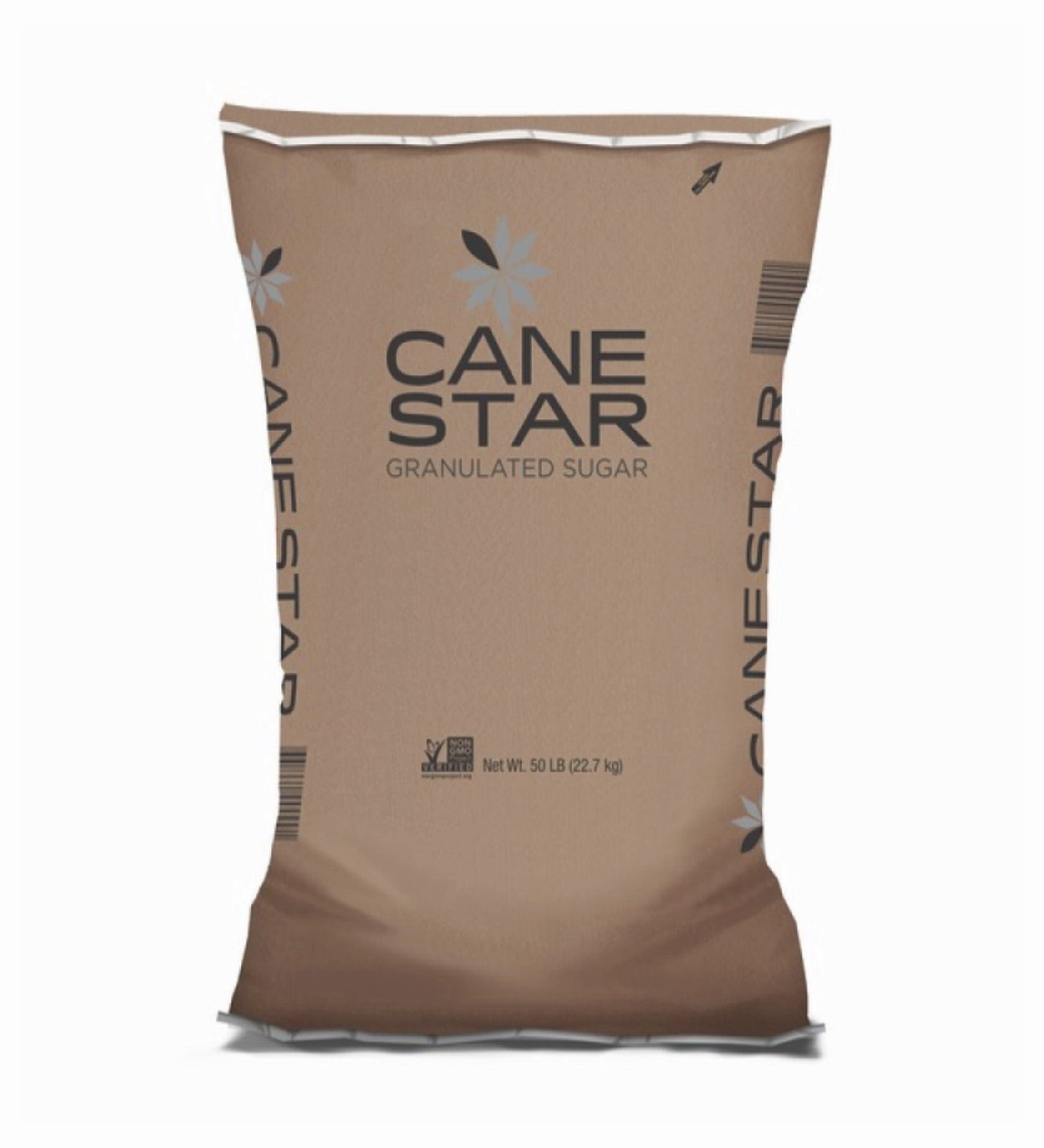Understanding Cane Sugar Processing: A Comprehensive Overview of the Stages
Understanding Cane Sugar Processing: A Comprehensive Overview of the Stages
Blog Article
An Extensive Guide to the Environmental Impact and Sustainability Practices in Walking Cane Sugar Handling
The environmental influence of walking stick sugar processing offers a complex selection of challenges that warrant careful examination. From soil destruction and excessive water use to the carbon footprint connected with cultivation and production, the repercussions of traditional practices are far-ranging. On the other hand, the adoption of cutting-edge sustainability steps uses a path towards extra accountable production approaches. Recognizing the interaction between these issues is crucial for stakeholders in the industry. What details methods can be executed to strike an equilibrium between performance and ecological stewardship? The solutions hinge on a more detailed consider both the challenges and possible options.
Summary of Walking Cane Sugar Processing
Walking cane sugar handling involves a collection of systematic actions that change sugarcane right into polished sugar. Initially, harvested sugarcane is carried to refining facilities, where it undertakes cleaning to get rid of dirt and debris. Following this, the cane is squashed to remove juice, which is then clarified by eliminating pollutants with home heating and the addition of lime.
The cleared up juice undergoes evaporation, where water is eliminated to concentrate the sugar content. This concentrated syrup is then crystallized via air conditioning, permitting sugar crystals to form. These crystals are separated from the continuing to be syrup using centrifugation, causing raw sugar. To achieve polished sugar, the raw product undertakes more purification processes, which might include filtering system and cleaning to eliminate remaining pollutants and shade.
The final product is then dried out and packaged for distribution. Throughout this whole process, keeping performance and quality control is necessary to ensure the sugar meets sector criteria. Each action in cane sugar processing not only adds to the last product but additionally has effects for resource usage and waste generation, establishing the phase for discussions on sustainability and ecological impacts connected with sugar manufacturing.
Environmental Challenges of Production
The production of walking cane sugar offers several significant environmental obstacles that warrant attention. One main problem is the considerable usage of agrochemicals, consisting of fertilizers and chemicals, which can lead to soil destruction, biodiversity loss, and contamination of neighborhood water sources. The runoff from sugarcane areas often brings these chemicals into neighboring environments, disrupting marine life and influencing the health of areas reliant on these water bodies.
Another difficulty is the high power consumption connected with sugarcane handling. The boiling and refining phases need substantial warm, mainly produced by melting fossil fuels, contributing to greenhouse gas emissions. Furthermore, the large acreage required for sugarcane growing can bring about deforestation and habitat damage, more exacerbating environment adjustment and harmful wild animals.
Additionally, the labor methods in some regions increase ethical issues, as employees may deal with inadequate working problems and poor salaries. This situation frequently continues a cycle of destitution in regional communities. Cane Sugar Processing. Dealing with these ecological obstacles is essential for creating a lot more lasting techniques in walking cane sugar manufacturing, eventually profiting both the atmosphere and the neighborhoods associated with this market
Water and Land Use Effect
Water sources and land application are vital elements in the walking stick sugar sector that considerably impact the environment. The growing of sugarcane needs considerable water input, with estimates suggesting that it can consume up to 2,000 litres of water per kg of sugar produced. This extensive use of water often results in depletion of regional water resources, affecting not just the sugarcane vineyards however also surrounding ecosystems and areas that count on the very same water resources for farming and domestic usage.

Moreover, land use for sugarcane growing can result in deforestation and the conversion of all-natural habitats right into monoculture haciendas. right here This method diminishes biodiversity, interrupts neighborhood communities, and adds to dirt destruction. The development of sugarcane fields usually encroaches on valuable farming land, producing competitors for resources between food and biofuel manufacturing.
Sustainable techniques, such as maximizing irrigation methods and applying view it now crop turning, are important to alleviate these effects. By embracing more efficient water use and land administration methods, the cane sugar industry can reduce its environmental impact, making certain an equilibrium in between agricultural performance and ecological conservation.
Greenhouse Gas Emissions
Greenhouse gas emissions represent a substantial ecological worry within the cane sugar processing sector, particularly as farming methods increase to satisfy worldwide need. The cultivation of sugarcane, a plant that flourishes in exotic environments, relies greatly on artificial plant foods and pesticides, which contribute to nitrous oxide exhausts. In addition, land-use changes, including deforestation for new sugarcane plantations, launch carbon dioxide kept in plant life and dirt.
Throughout processing, power intake is an additional major resource of greenhouse gas discharges - Cane Sugar Processing. Many sugar mills make use of fossil fuels to power machinery and produce heat, resulting in substantial carbon footprints. In addition, the transport of raw sugarcane and completed products adds layers of emissions through fuel combustion in cars
This involves evaluating present farming practices, refining methods, and transportation systems to identify locations for renovation and reduction. Attending to greenhouse gas exhausts is vital for fostering an extra lasting walking stick sugar sector in a changing climate.

Lasting Practices and Innovations
Sustainable practices and developments are significantly crucial in the cane sugar processing sector as stakeholders seek to reduce ecological impacts while preserving productivity. One considerable innovation is the implementation of incorporated crop monitoring, which optimizes resource usage by combining soil monitoring, parasite control, and plant rotation strategies. This approach improves yield while lessening chemical inputs and protecting dirt health and wellness.
Additionally, the adoption of renewable resource resources, such as biomass from sugarcane residues, has actually acquired grip - Cane Sugar Processing. By transforming waste items into power, refining facilities can minimize their reliance on fossil fuels, consequently reducing greenhouse gas discharges
Water management techniques have actually Related Site likewise seen enhancements via the recycling and reusing of water in handling plants, substantially reducing freshwater consumption. Technologies in innovation, such as precision farming, enable farmers to monitor crop wellness and source use much more effectively, ensuring sustainable growing methods.
Moreover, qualification programs like Fair Trade and Rain forest Partnership encourage ecologically accountable farming techniques and promote social equity within the supply chain. By accepting these sustainable methods and innovations, the cane sugar handling sector can enhance its resilience and contribute favorably to ecological stewardship.
Final Thought
The ecological influence of walking cane sugar processing provides substantial obstacles, consisting of soil deterioration, high water consumption, and greenhouse gas emissions, together with ethical issues connected to labor practices. Resolving these concerns via sustainable methods, such as integrated plant management, renewable resource fostering, and water recycling, is essential. By advertising environmentally accountable and socially fair techniques in sugar production, the market can mitigate its unfavorable impacts, making sure an extra lasting future for both neighborhoods and communities associated with this sector.
Walking stick sugar handling entails a collection of organized actions that change sugarcane into polished sugar. Each action in walking cane sugar handling not only adds to the last product however also has effects for resource usage and waste generation, setting the phase for discussions on sustainability and ecological effects associated with sugar manufacturing.
Greenhouse gas discharges stand for a substantial environmental concern within the walking stick sugar handling industry, particularly as agricultural methods broaden to fulfill international demand.Lasting techniques and developments are increasingly vital in the walking cane sugar handling sector as stakeholders look for to decrease environmental influences while keeping productivity.The ecological effect of cane sugar processing presents considerable obstacles, consisting of dirt degradation, high water usage, and greenhouse gas exhausts, together with honest worries connected to labor techniques.
Report this page